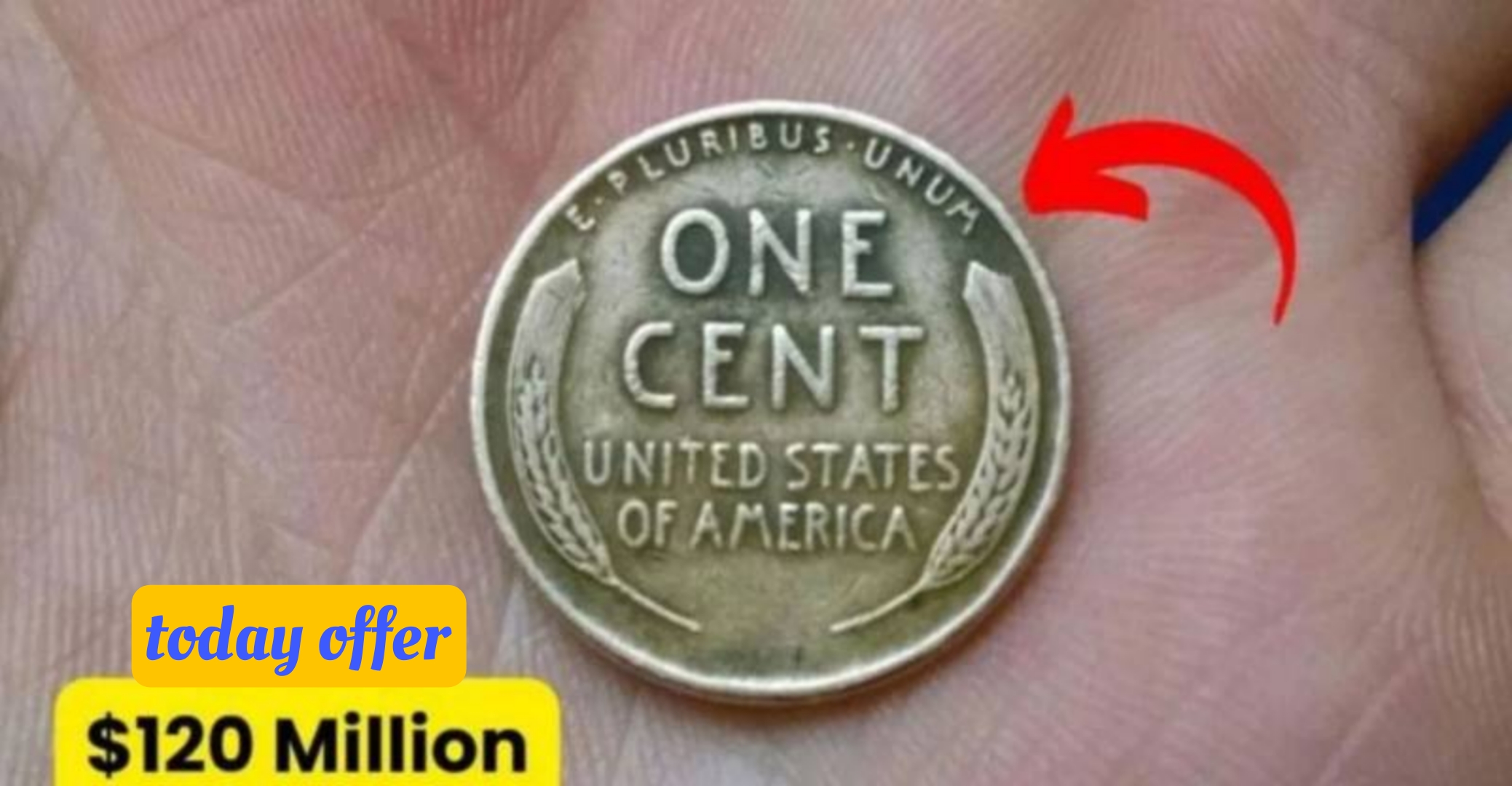Sometimes, what looks like spare change can turn out to be a hidden fortune. That’s exactly what happened when a rare 1976 Bicentennial Quarter, struck with a minting error, was reportedly discovered during an estate sale — and later valued at over $1.4 million by collectors. Here’s what makes this coin so special and how you can check if you might have one like it.
The Story Behind the Bicentennial Quarter
In 1976, the U.S. Mint released a special commemorative quarter to celebrate America’s 200th anniversary of independence. Instead of the usual eagle design, the reverse side featured a colonial drummer with a torch surrounded by 13 stars, representing the original colonies. The obverse still had George Washington’s portrait but with the dual date 1776–1976. These coins were struck in huge numbers for general circulation and are still common today.
However, a small number of coins were minted using special metal compositions, experimental dies, or rare errors, and those are the ones worth a fortune.
What Makes the $1.4 Million Coin So Valuable
The particular coin that drew a $1.4 million valuation is believed to be a rare mint error — a unique combination of historical timing, metal composition, and production flaw. Reports suggest that this quarter may have been accidentally struck on a 90% silver planchet (the blank metal disc used for silver coins), which wasn’t meant for standard Bicentennial issues.
Other possibilities that add to the coin’s extraordinary value include:
- Double Die Strike: Visible doubling in lettering or imagery from a misalignment during minting.
- Off-Center Strike: The image shifted noticeably to one side.
- Wrong Metal Composition: Struck on silver or experimental alloy rather than the normal copper-nickel blend.
- Proof Coin Error: A proof version accidentally released into circulation.
These kinds of mint mistakes are incredibly rare — sometimes only one or two examples are ever found.
How It Was Discovered
The coin reportedly surfaced at an estate sale, where a collector noticed unusual color and detail differences compared to ordinary quarters. Upon inspection by numismatic experts, the coin’s composition and error features were confirmed, dramatically increasing its value.
How to Identify a Rare 1976 Bicentennial Quarter
- Check the Edge: Regular quarters have a copper-colored edge. A solid silver edge or no visible copper could indicate a rare composition.
- Inspect the Mint Mark: Look for coins minted in San Francisco (S) — these are usually proof coins. Some have unique errors.
- Weigh the Coin: Standard quarters weigh about 5.67 grams. Silver planchet versions weigh closer to 6.25 grams.
- Look for Errors: Check for double images, off-center strikes, or faded inscriptions.
- Get It Verified: Always have unusual coins authenticated by professional grading services like PCGS or NGC before assuming high value.
Other Valuable Bicentennial Quarters
While most 1976 quarters are worth face value, some rare varieties have sold for impressive prices, such as:
- Silver Proof Quarters (San Francisco Mint): Up to $10–$20 depending on condition.
- Double Die Error Quarters: Valued between $1,000 and $5,000.
- Off-Center or Clipped Planchet Errors: Prices range from $500 to several thousand dollars.
Final Thoughts
The story of the $1.4 million Bicentennial Quarter is a reminder that hidden treasures can still be found in everyday places — even in pocket change or forgotten coin collections. If you happen to have a 1976 quarter lying around, it’s worth taking a closer look. That simple coin could be more than a piece of history — it might just be a mint mistake worth a fortune.
